Lake Managua in Nicaragua was virtually dead, biologically speaking – polluted with sewage and trash. A new wastewater treatment plant saved the lake and turned it into a recreational area for Nicaragua. A success story.
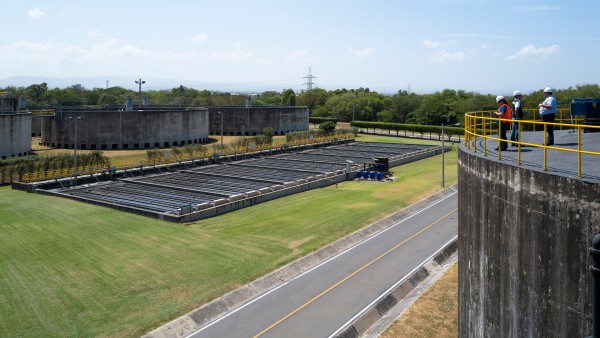
The treatment plant is located in the immediate vicinity of Lake Managua in Nicaragua and has already significantly improved the water quality of the freshwater lake.
Rows of huge steel flowers line the shore of the lake, stretching up towards the sun. A strong wind blows and makes foam caps dance on the grey-green water. In the distance, the cone of a volcano rises from the haze. Lake Xolotlán or Lake Managua, on the shores of which the first inhabitants of the present-day capital city of Nicaragua once settled, is a recreation area for residents from the tropical city in the heart of Central America.
The Salvador Allende amusement park is as multicoloured as the flowers that bathe the promenade in bright light at night. Where Managua's old town once stood until it was hit by a devastating earthquake in the 1970s, restaurants line the streets, local music groups play making quick stops to entertain at bars, and there is a small market and playgrounds for children. A cruise boat even waits for guests on the quay to take them out on the second largest lake in Nicaragua. "The park is a huge attraction for the people. Being able to experience the lake again enriches the whole city," says Markus Schmid, who lives in Managua with his wife and three children and works for a German company.
This was not always the case. For a long time, Lake Managua was considered the largest cesspool in the world. For more than 80 years, untreated wastewater from industry and households was discharged into the lake. The people living directly on its shores in the poorer districts became ill because they took water from the lake to cook, wash and irrigate their fields. "Fish contaminated with pollutants from the lake were also eaten," reports Christian Lütke-Wöstmann, Head of Division at KfW.
In the 1990s, the government recognised the urgent need to take action. An environmental protection programme was set up to focus on the collection and treatment of wastewater beginning in 2005. Since February 2009, a modern wastewater treatment plant has been in operation on the banks of the lake. It cost EUR 40 million to build. KfW Development Bank contributed EUR 26 million to its construction from the funds of the Federal Ministry for Economic Cooperation and Development (BMZ) – partly as a grant, partly as a loan.
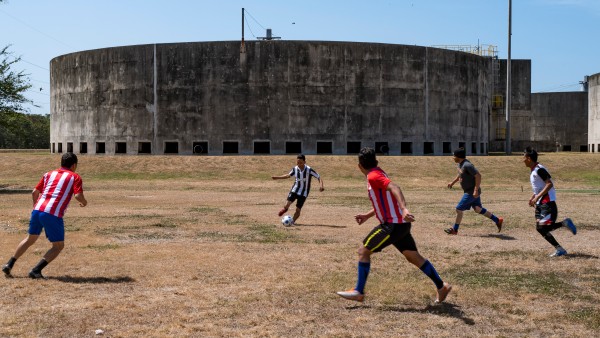
The square in front of the sewage treatment plant is used by the population for playing football, for example.
The heart of the plant is a solar drying plant in which the sewage sludge is dried. It is the world's largest facility of its kind and significantly reduces the volume of dried waste, which can be used as fuel and fertiliser. The technology for solar drying was developed by IST Anlagenbau GmbH from Baden-Württemberg. The project was awarded the 2010 Global Water Award for this technology. "We are very pleased to be recognised for our commitment to innovative environmental protection in Latin America," says André Ahlert, Director at KfW. The plant has already been recognised as a model international project and toured by wastewater experts from Honduras, El Salvador and Costa Rica.
The treatment plant purifies 140,000 cubic metres of wastewater every day with a very positive result: the water quality of the lake, which is larger than the city of Berlin, has improved enormously in recent years.
Source
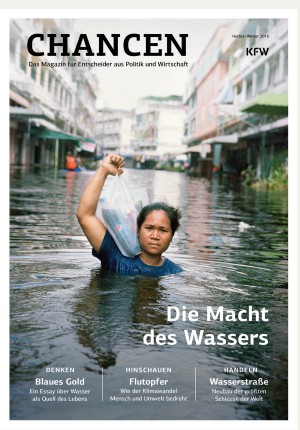
This article appeared in the Autumn/Winter 2016 issue of CHANCEN magazine focusing on the power of water.
To German edition"There is now an outdoor swimming pool on the edge of the lake again," says Markus Schmid. "This has been very well received, and families like to visit." It's a kind of anticipation of what's to come, as the lake itself has not yet been opened for swimming. Sometimes it's still a bit smelly on the pier. This is because even the world's most modern sewage treatment plant cannot so quickly clean the lake of the consequences of decades of misuse. But a milestone has been reached with the lake's revitalisation as a local recreation area. And the next milestone is scheduled to follow in 2020. At that time the government in Managua hopes the lake can be opened for swimming.
Published on KfW Stories: Wednesday, 12 April 2017
The described project contributes to the following United Nationsʼ Sustainable Development Goals
Goal 6: Ensure access to water and sanitation for all
There is no life without water! We need it for drinking, but also for producing food in agriculture. The United Nations thus recognised access to clean drinking water as a human right in 2008. However, 748 million people still live without clean drinking water. According to estimates, this causes the deaths of 5,000 children around the world each day. 2.5 billion people lack access to basic sanitation services.

All United Nations member states adopted the 2030 Agenda in 2015. At its heart is a list of 17 goals for sustainable development, known as the Sustainable Development Goals (SDGs). Our world should become a place where people are able to live in peace with each other in ways that are ecologically compatible, socially just, and economically effective.

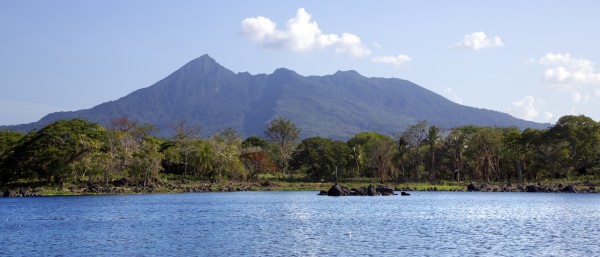
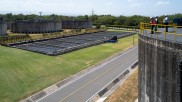
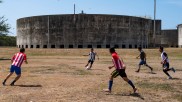
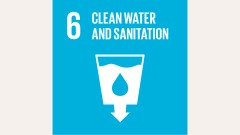
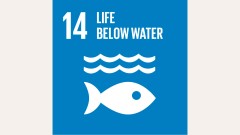

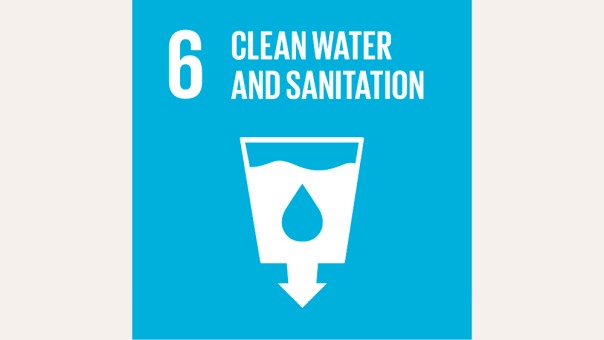
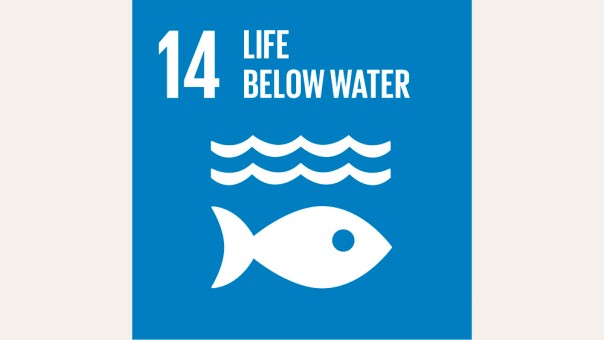

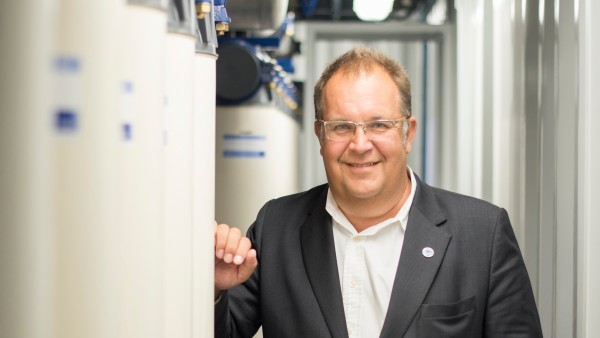
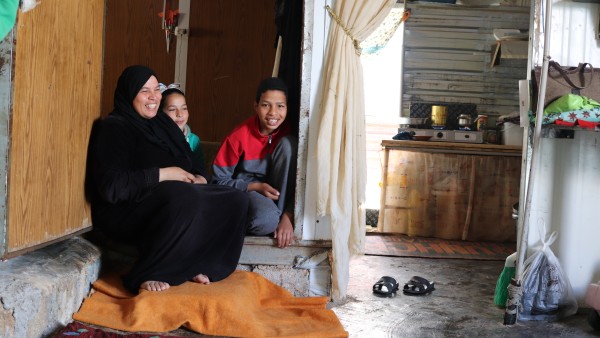
Data protection principles
If you click on one of the following icons, your data will be sent to the corresponding social network.
Privacy information